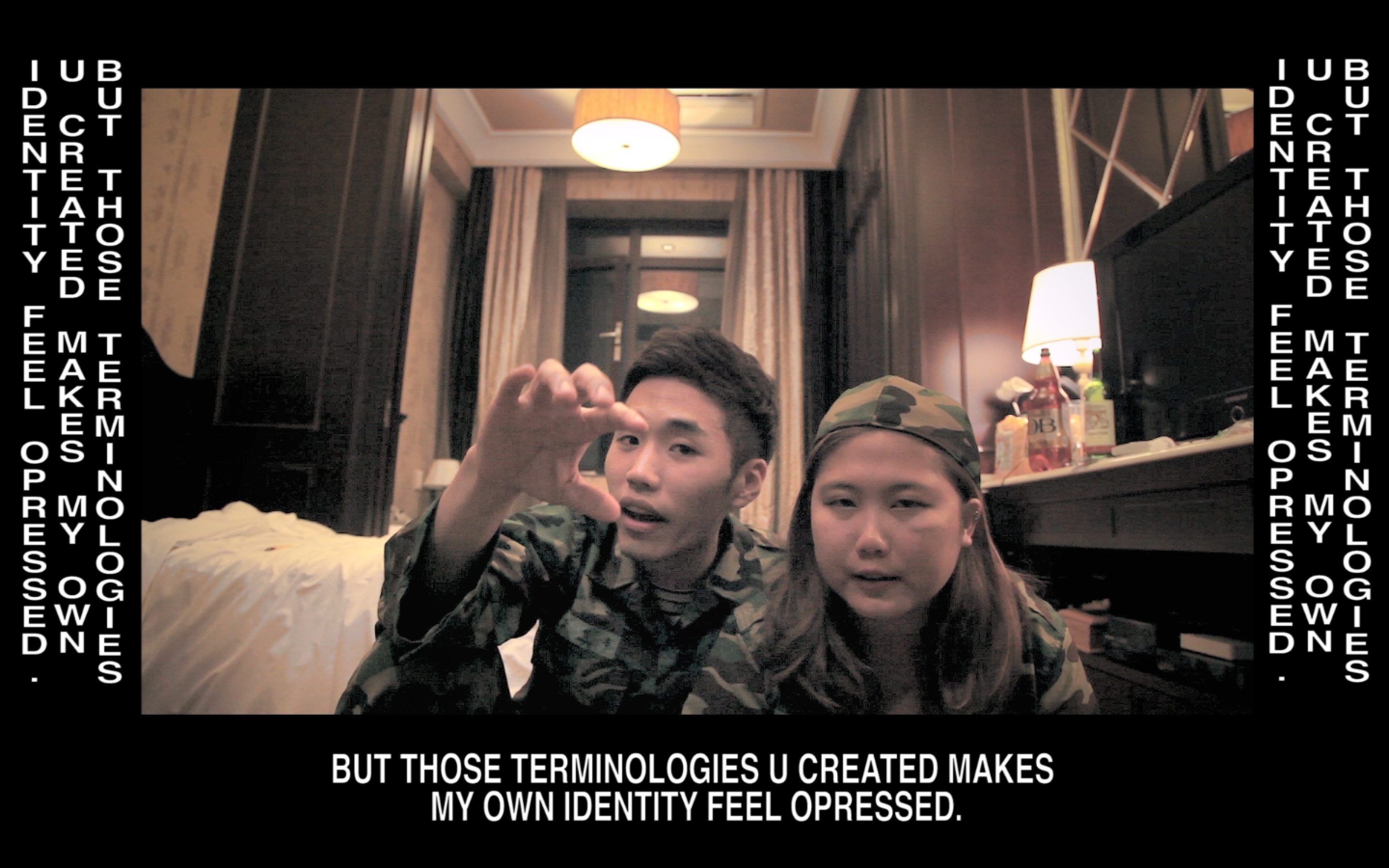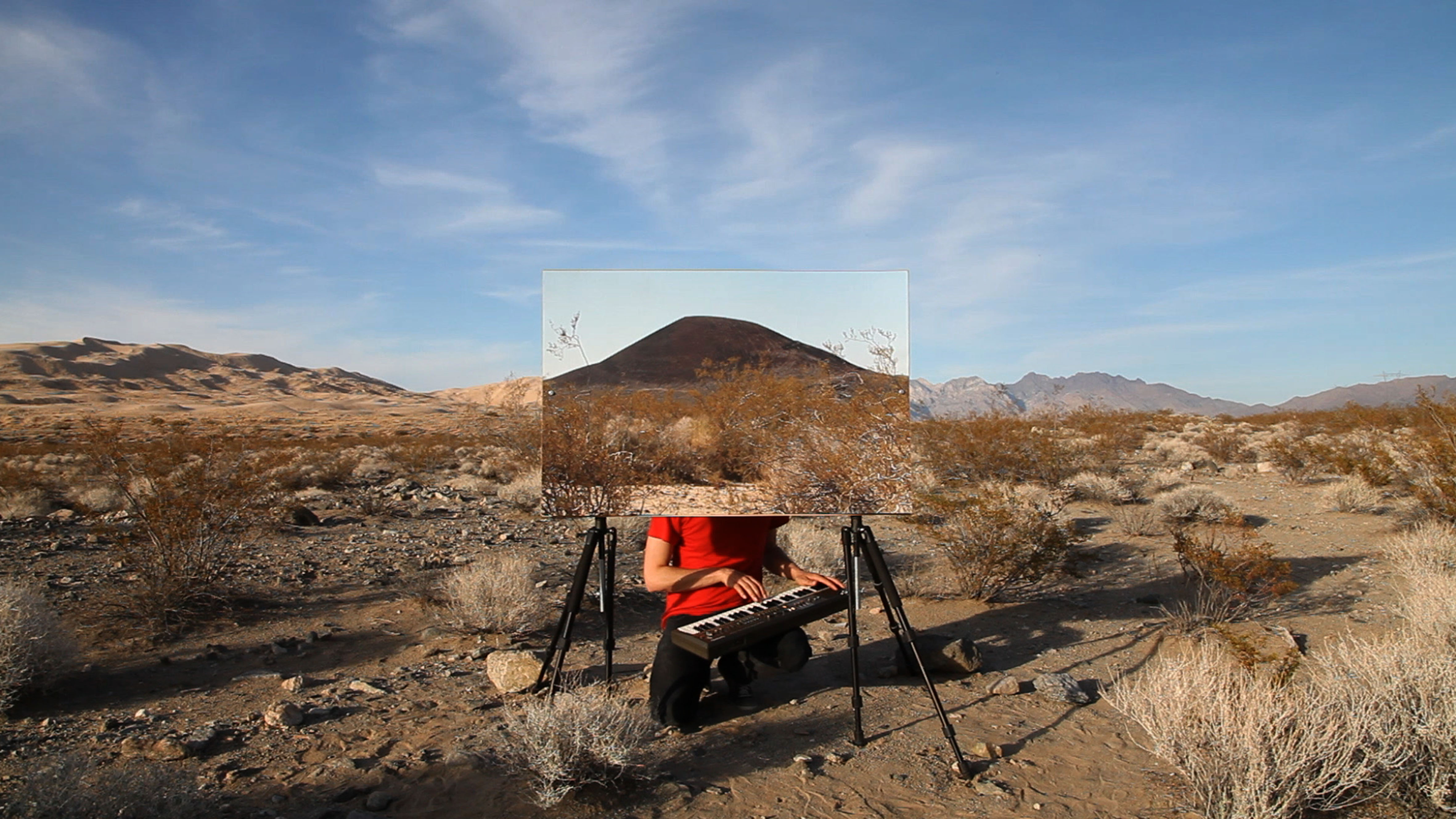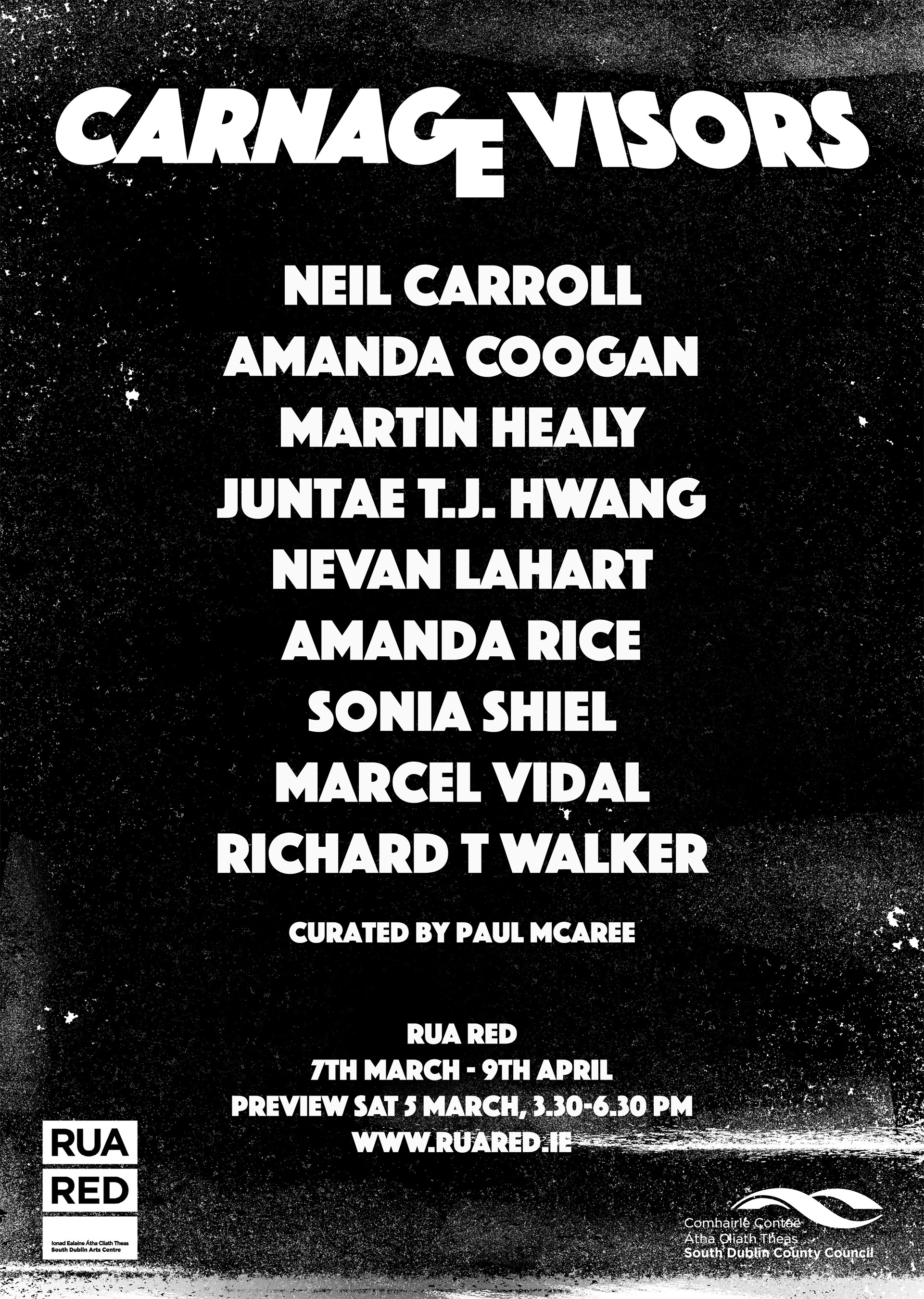CARNAGE VISORS
RUA RED, 7 MARCH – 9 APRIL 2016
PREVIEW SATURDAY 5 MARCH 3.30-6.30PM
NEIL CARROLL, AMANDA COOGAN, MARTIN HEALY, JUNTAE T.J. HWANG, NEVAN LAHART, AMANDA RICE, SONIA SHIEL, MARCEL VIDAL, RICHARD T. WALKER

Carnage Visors – a metaphor for Rose-tinted glasses – is a group show exploring the idea of making work today and the autonomy of an artwork versus being socially or politically aware. Is it possible to make artwork today in the current global climate? Does art have any validity? Can artists possibly propose questions – about art or the world – which have any currency in the world within which find ourselves today? Can art bolster a position between 24 hour news channels, migrant crises, multiple wars, Instagram hits and youtube channels? Carnage Visors seeks to propose that art can, and artists do, situate themselves as never before as a counterbalance to so much fleeting and temporary moments in the world, giving us a slower and more considered series of propositions within which to consider art and the world. Presenting a diverse series of artworks – from Richard T Walker’s reflections within the landscape, to Juntae TJ Hwang’s drunken webcam ranting – Carnage Visors proposes a bold optimism for artistic practice.

Neil Carroll’s work experiments with traditional materials and uses them in a more organic way to explore creative expression and concerns. In his constructions, he reverts to the most basic and primitive of building materials using, for example, elements such as the grouped hexagonal tiles similar to foundation structures for bridges. His architectural organism develops and expands, moulding into the space and adapting.
Amanda Coogan is one of the most exciting contemporary visual artists practicing in the arena of Performance Art. She is at the forefront of some of the most exciting and prolific durational performances to date. Her extraordinary work is challenging, provocative and always visually stimulating.
Martin Healy uses film and photography to consider specific ideologies and belief systems as manifest in architectural environments and geographical locations. His film works such as Facsimile (2009), Fugue (2011) and Last Man (2011) choose as their starting point science fiction texts that are inter-related in their investigation into ways of being, both ideologically and psychologically. These works resonate with discussions surrounding projects for social change and the locus for transformation in the form of social, technological or environmental development. Science fiction writing is paramount to accessing these underlying themes in particular the way the genre has been used as a means to propose political ideologies that break with the present society and speculate on the future.
Juntae T.J. Hwang’s video work Angry Hotel is a direct expression of angry self- identified activists, who are talking to the West about its media misrepresentation of Asian individuals and its hubris regarding Western ideologies. By engaging with the idea of escapism, Hwang aims to expand his own cinematic utopian space in performances and video that challenge and question the strict narrative of normative trends relating to white supremacy in the modern hierarchical structure of his Western imagined ‘Kuewar’ culture.
Nevan Lahart works in a wide variety of media: painting, sculpture, installation, video, animation and performance. The subject matter of his work could be very loosely described as encompassing television, the media, social and political perceptions and the history of art and life as he finds it. His art practice aims to engage in creative collaboration in ways that may be seen as either humourous or deeply subversive. Humour is central to Nevan’s work and he describes it as “usually a shade of universal grey as opposed to pitched battle black or goody two shows white”. He likes his artistic practice to be “generous, a bit like a department store, with a basic entry level for everybody and a specialist knowledge there for those who want it on the second floor”.
Amanda Rice is a visual artist based between Mayo and Cork working with moving image, photography and installation. Incorporating research methodologies into her working practise her work discusses the remains and failings of different aspects of industry and utopian systems.
Sonia Shiel’s work is composed of paintings, objects, animated sculptures and videos that share overarching narratives and the central materiality of paint. Set in rogue installation-cum-landscapes, her protagonists in their various pursuits are confronted by nature and the laws of their own creation. Through inflammatory parodies of method, their aspirations to survive the discomfiting abjectness of life appear to be waged against the odds, in staged-tragicomic scenarios that tally society’s attempts to establish harmony and atonement from the fray. Often the narrative cues in her work are prompted by performative and theatrical elements; obtuse props; mechanical or gravitational tricks; sculptures that pose or whistle; paintings cast as life-size characters, walk-in architectural features or traversable landscapes, painted-on tricks that diminish actual space into near and fictional distance; altered weights that speed-up and slow-down time; and instructive, mapping and choreographic texts in legal, dialogic or poetic form.
Marcel Vidal’s practice focuses on drawing, sculpture and building site-specific installations. Vidal creates unsettling paintings and objects that are imbued with iconography. Materials of a discarded and manufactured nature are often reclaimed and configured. The reconfigured materials are used as a means of improvised arrangement and act as counter points to formal methods of display.
Richard T. Walker makes videos, photographs, text works and performances that reveal a frustrated, obsessive relationship with landscape and at the same time explore the complexity of human relations. Videos and photographs show the artist alone in the centre of dramatic landscapes, occupying a position reminiscent of a classic romantic figure contemplating the infinite, awe-inspiring mysteries of an impersonal natural world. As Walker’s narratives unfold, accompanied by his own musical compositions, viewers find themselves becoming beguiled by the artist’s gentle wit and drawn into his intimate relationships. Describing his work, Walker states, “I think, or I hope, that the viewer becomes simultaneously pushed away and pulled towards the landscape. There is a sort of redemption in the music – the idea of the Sublime is re-appropriated, re-positioned and I think the initial relationship to the Sublime becomes questioned.”
